di Andrea Viliani
L’attesa è per Mimmo Jodice non solo soggetto e metodo d’indagine, ma traduce l’idea stessa di fotografia come pratica intellettuale e artistica. Nelle sue opere – in cui, pur se a partire dal 1980 sparisce pressoché integralmente la figura umana, l’immagine si fa ancor più radicale dichiarazione di un profondo umanesimo – Jodice esplora il mondo intorno a noi soffermandosi sulle soglie di un tempo indefinito, in cui si intrecciano il passato, il presente e il futuro. Jodice delinea in questo modo una dimensione posta al di là delle coordinate spaziali, o dello scorrere del tempo, sospesa nella dimensione – contemporaneamente fisica e metafisica, empirica e contemplativa – dell’attesa. Un’attesa che è anche matrice di una pratica rigorosamente analogica della fotografia: l’attesa come ricerca paziente dell’illuminazione, spesso mattutina, in grado di rilevare l’essenza del soggetto rappresentato, o l’attesa come l’altrettanto paziente bilanciamento dei bianchi e dei neri in camera oscura. E se appunto, dal 1980, da queste opere scompare la figura umana, ciò a cui Jodice perviene è l’ineffabile eternità e il nitore assoluto di umanissime immagini in bianco e nero restituite dallo sguardo rivelatore di una macchina da presa che si fa macchina del tempo (o, meglio, del superamento del tempo), nell’incantata perlustrazione del mondo, da quello più prossimo del ventre di Napoli alle sponde del Mediterraneo – con le loro vestigia di antiche civiltà solo apparentemente scomparse, per divenire radici e incunaboli della visione – fino agli incerti confini delle megalopoli globalizzate. Ognuno di questi scatti si fa in questo modo suprema celebrazione della nostra umanità in transito, colta osservando la realtà in tutte le sue espressioni sensibili e trasfigurandola in una realtà fotografica che, prescindendo dalle differenti epoche o contesti, coincide con la costante reinvenzione della fotografia stessa, emancipata da un’interpretazione documentaria e libera di esprimere invece tutte le sue potenzialità rappresentative e conoscitive. È nelle immagini dedicate all’Attesa che si chiarisce la matrice visionaria e la funzione auto-riflessiva di tutta la ricerca di Jodice, quella creazione di un reale al di là della realtà stessa che, rintracciando un corrispondente emotivo e intellettuale nel Surrealismo novecentesco, si dischiude compiutamente in questo ultimo ciclo. Che è al contempo fulcro generatore e asserzione finale, e quindi meccanismo dell’eterno ritorno: quello di uno spazio-tempo dell’attesa di un destino che mai si compie, mentre lo sguardo si posa sulle cose del presente e ne rievoca la perdurante memoria1. Pur restio all’articolata teorizzazione sulla pratica fotografica nel XX secolo, Jodice ne attraversa i percorsi, interpretandoli, e contraddicendoli, per così dire, “manualmente”: potremmo definire Jodice, in fondo, un teorico da camera oscura. La sua ricerca si situa in questo senso lungo coordinate che sconfessano l’idea di fotografia come “scatto” meccanico, come operazione anti-intellettuale: la scelta del soggetto (l’attesa della sua luce) e la ricreazione del soggetto in camera oscura o in fase di stampa sono operazioni che non sono mai le stesse, che non sono mai meccanicamente standardizzate o ripetitive, in cui basta cambiare il gradiente luminoso, assecondare la variante del momento, scegliere una carta più morbida o più dura, per determinare risultati sensibilmente differenti. Anche se l’adozione dell’analogico permette poche possibilità di modifica del soggetto fotografato, Jodice – instancabile ‘attuatore’ di teorie fotografiche – accoglie e declina pazientemente tutte le possibilità a sua disposizione, operando una teoria praticata, una sperimentazione di quella libertà fotografica che, storicamente, era stata ritenuta aliena alla pratica stessa della fotografia.
[…]
Nella serie Attesa (in cui confluiscono anche scatti di serie precedenti) Jodice non riconosce più ormai lo spazio o il tempo reali, ma li ricrea, mentre il mondo e la Storia, trasfigurati nel bianco e nero di un sublime mattino da camera oscura, sembrano essere ormai solo il ricordo di quello che erano, il fantasma di quello che sono, il presagio di quello che saranno: il punctum fotografico di un eterno istante dal mondo, di un suo giorno senza fine […].
1 Le radici dell’”attesa” di Jodice, la loro “dimensione metafisica” che supera “l’esperienza sensoriale” per corrispondere a realtà “altre”, di consistenza memoriale e onirica, sono rinvenibili già nelle sue serie precedenti, come illustra la monografia Mimmo Jodice. Tempo interiore a cura di Roberta Valtorta, pubblicata nel 1996 da Federico Motta Editore, in occasione delle mostre personali alla Villa Pignatelli di Napoli e al Palazzo della Ragione di Padova. Tra le monografie di carattere antologico cfr. Perdersi a guardare, a cura di Alessandra Mauro (Contrasto, Roma 2008), che fin dal titolo – una citazione da Fernando Pessoa, “ma cosa stavo pensando prima di perdermi a guardare?” – individua nell’attesa una sospensione del tempo che accentua le potenzialità della visione e quindi della sua trascrizione fotografica.
* Il testo è tratto dalla monografia Mimmo Jodice Attesa (dal 1960), 2018, a cura di Andrea Viliani, Anna Cuomo; edito da Electa.
“Il saper guardare è un’arte, è l’arte del poeta.
Il guardare è tanto creativo quanto il fare: cosa poteva
soddisfare di più il mio fare se non il mezzo fotografico?
Dal primo istante, per me, la fotografia è stata un’epifania;
l’immediata coincidenza delle mie emozioni, dei miei dubbi,
della mia inquietudine e la possibilità di rendere reale
e tangibile tutto ciò attraverso la fotografia.
Dopo quarant’anni di amore, riesce ancora a meravigliarmi”.
Mimmo Jodice
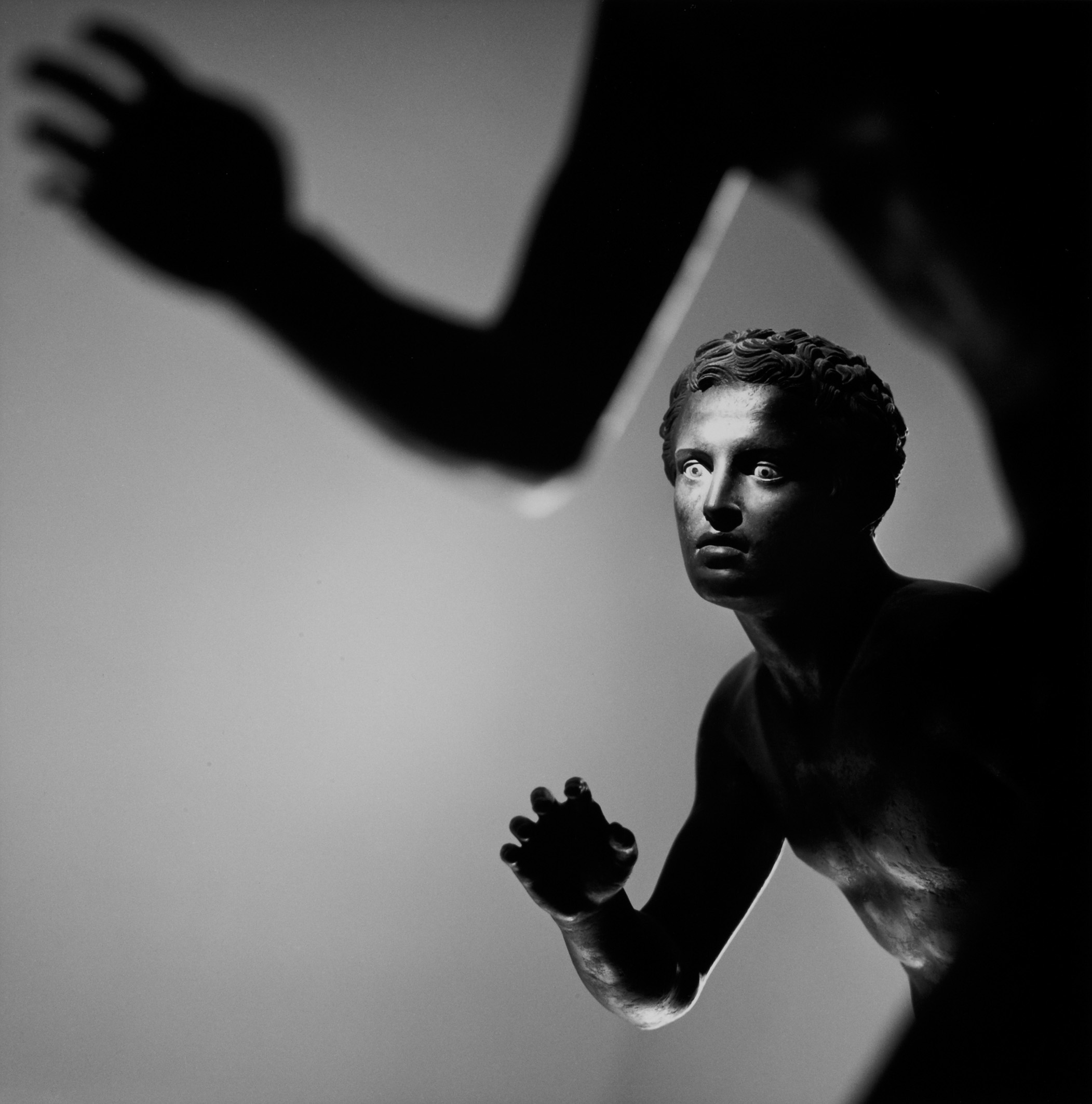
Mimmo Jodice Attesa / Waiting *
Andrea Viliani
According to Mimmo Jodice, waiting is not just a subject and method of investigations, but it translates the very idea of photography as an intellectual and artistic practice. In his works – where, even though starting from 1908 the human figure almost completely disappears, image is made, even more drastically, a declaration of deep humanism – Jodice explores the world around us, focusing on the edges of an undefined time, where past, present and future intersect. In this way, Jodice underlines a dimension placed outside of spatial coordinates, or outside the passing of time, suspended in the dimension – at the same time physical and metaphysical, empiric and contemplative – of waiting. A wait that is also matrix of a severely analogic practice of photography: waiting as the patient search for the perfect lighting, often early in the morning, able to capture the absence of the portrayed subject, or waiting as the likewise patient black and white balancing in the darkroom. And if indeed, since 1980, the human figure disappears from these works, what Jodice achieves is the ineffable eternity and the absolute cleanness of human figures in black and white, captured by the revealing gaze of a camera that becomes a time machine (or, better a machine able to surpass time), in an enchanted exploration of the world, from the near one in the womb of Naples up to the shores of the Mediterranean Sea – with the ruins of only apparently lost civilizations, roots and incunabulum of this vision – up until the uncertain borders of the globalized megalopolis. In this way, each one of these shots become a supreme celebration of our passing humanity, captured observing reality in all its sensible expressions and transforming it into a photographic reality which, disregarding different ages or contexts, corresponds with the constant reinventing of photography itself, free from a documentary interpretation and instead able to convey all its symbolic and cognitive potentials. In the images consecrated to Waiting the visionary matrix and the auto-reflective function of Jodice’s entire research, reveals itself. The creation of a reality, outside reality itself, that, tracking an emotional and intellectual equivalent in twentieth-century Surrealism, completely discloses in this last cycle. A cycle that is at the same time a generating cornerstone and a final statement, and therefore mechanism of the eternal return: the return of a space-time waiting for a destiny that is never fulfilled, while our eyes gaze upon the present things and the everlasting memory is recalled. (1) Despite being reluctant toward the articulated theorizing on photography of the twentieth century, Jodice explore all its paths, interpreting and contradicting them “manually”, so to say: after all, we could define Jodice as a camera theorist. In this sense, his research follows coordinates that discredit the idea of photography as a mechanical “shot” , as an anti-intellectual operation: choosing the subject (waiting for its light) and recreating the subject inside the darkroom or in the printing phase are operations that are never the same, never mechanically standardized or repetitive, where all it takes is changing the gradient, indulging on the variation of a single moment, choosing a softer or harder printing paper to produce substantially different results. Even though the implementation of analogic practices allows very few opportunities for modifying the captured subject, Jodice – tireless ‘operator’ of photographic theories – patiently welcomes and tests all the possibilities at his disposals, operating a performed theory, an experimentation of that photographic freedom that, historically, had always been considered foreign to photography itself.
[…]
In the Attesa / Waiting series (where we can also find shots from previous series) Jodice doesn’t recognize the real space and time anymore, but it creates them anew, while the world and History, transfigured in the black and white of a sublime morning in the darkroom, seem to be, at this point, only the memory of what they were, the ghost of what they currently, the premonition of what they shall be: the photographic punctum of an endless instant in the world, of its never-ending day […].
- The roots for Jodice’s “wait”, their “metaphysical dimension” that overcomes the “sensorial experience” to correspond with “other” realities, of memorial and dreamlike substance, are already identified in his previous series, as we can see in the Mimmo Jodice Tempo Interiore / Inner Time edited by Roberta Valtorta, published in 1996 by Federico Motta Publishing, on occasion with the personal exhibitions in Villa Pignatelli in Naples, and in the Palazzo della Ragione, in Padova. Among the anthological monographies cf. Perdersi a guardare, edited by Alessandra Mauro (Contrasto, Rome, 2008), that, starting from the title – a quote by Fernando Pessoa, “ma cosa stavo pensando prima di perdermi a guardare? / what was I thinking before losing myself looking? – identifies in waiting a suspension of time that emphasizes the potentialities of the vision and therefore of its photographic transliteration.
*The text is taken from the monography Mimmo Jodice Attesa (dal 1960) / Mimmo Jodice Waiting (from 1960), 2018, edited by Andrea Viliani, Anna Cuomo; published by Electa.
“Being able to observe is an art, the art of the poet.
Observation is just as creative as doing: what could
satisfy more my doing if not the photographing means?
Ever since that first moment, for me, photography has been an epiphany;
the immediate connection of my emotions, my doubts,
my restlessness and the possibility of making real
and tangible all this through photography
After forty years of love, it still manages to astound me”
Mimmo Jodice


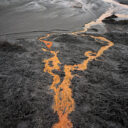
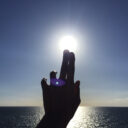

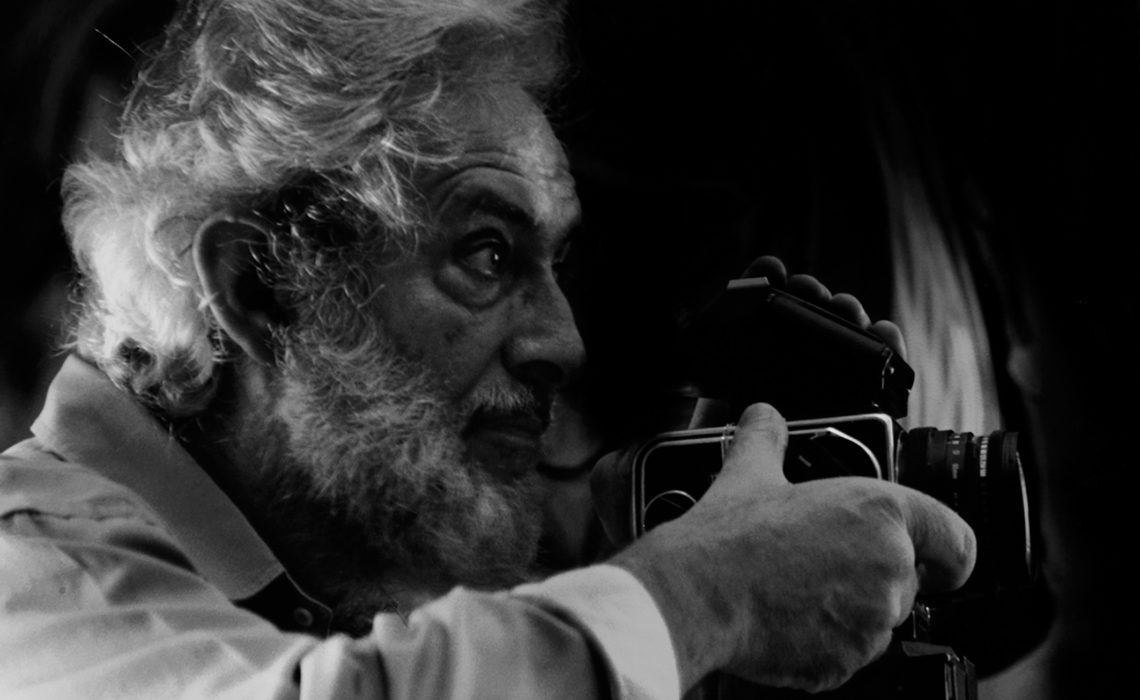

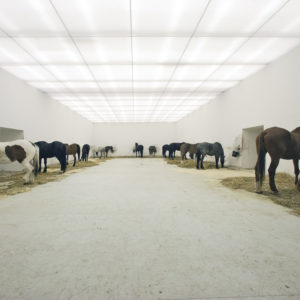
No Comments